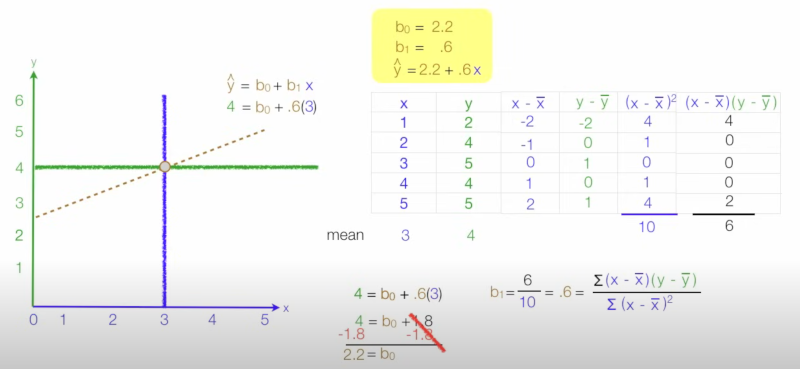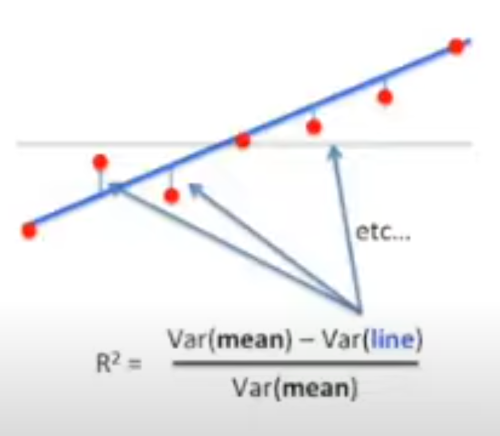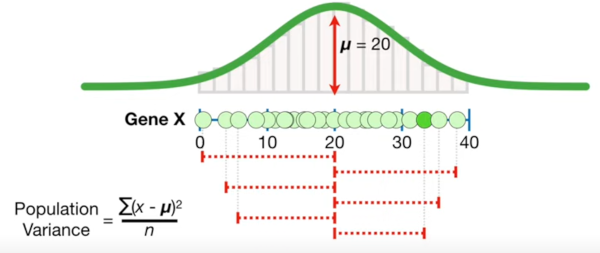R Squared: Difference between revisions
No edit summary |
|||
| Line 28: | Line 28: | ||
R^2 = 1 - \frac{\text{SS}_{\text{res}}}{\text{SS}_{\text{tot}}} | R^2 = 1 - \frac{\text{SS}_{\text{res}}}{\text{SS}_{\text{tot}}} | ||
</math> | </math> | ||
<br> | |||
Where | |||
*<math>{\text{SS}_{\text{res}}}</math> is the sum of squared residuals, which measures the variability of the observed data around the predicted values. | |||
*<math>{\text{SS}_{\text{tot}}}</math> is the total sum of squares, which measures the variability of the observed data around the mean. | |||
Revision as of 02:16, 23 April 2025
Introduction
This is all about R².
My Thoughts
Least Squares Review
Most of this requires you to think about a dataset with lots of points. What we are trying to do is with least squares is find the best fit for a line for our data points. Once we have this we could maybe predict for a new data point what the y-value might be given the x-value. Here is the formula
And here is an example of usage

R Squared
With we are looking at the variances (changes) using the mean and the line. Squaring means we don't care about negative or positive.
What is the difference
Well I guess R² = R squared. R² is the variance between a dependent variable and an independent variable in terms of percentage. Therefore 0.4 R² = 40% and R = 0.2. I guess I agree that using R² does provide an easier way to understand what you mean however there is no sign on R².
Formula for R²
This is given by

A reminder of how we calculate variance, we add up the differences from the mean like below. Note this shows a population and we should divide by n-1 not n but I liked the graphic.

This was a nice picture

F
So we know this is formula for
Where
- is the sum of squared residuals, which measures the variability of the observed data around the predicted values.
- is the total sum of squares, which measures the variability of the observed data around the mean.